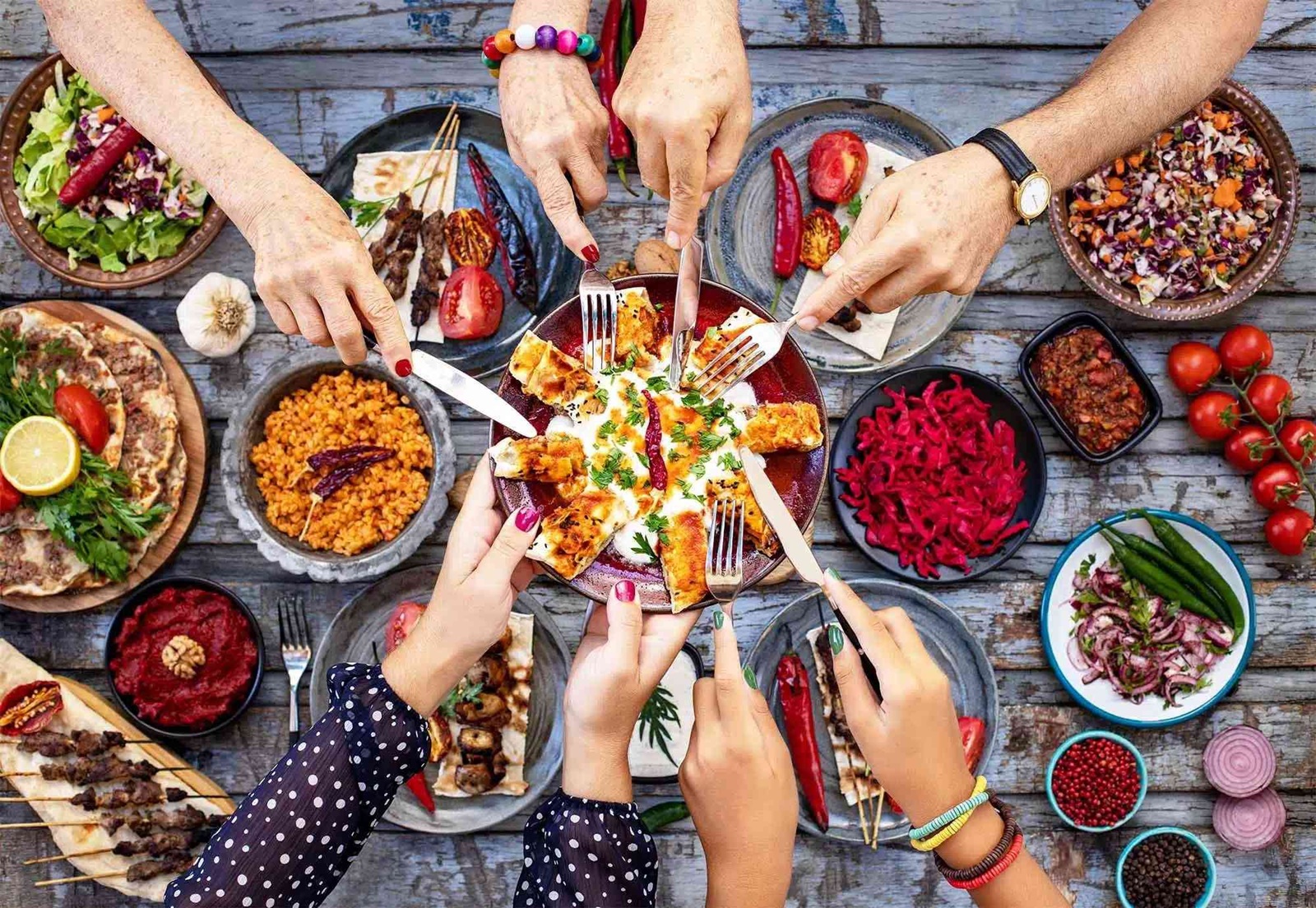
Introduction
Food packaging has long been more than a vessel for carrying meals. It is a silent storyteller, protecting dishes from spoilage, shaping consumer experience, and reflecting broader shifts in culture and trade. From the earliest clay jars to today’s biodegradable containers, packaging mirrors the societies that create it. In Singapore, where dining is a fusion of heritage and innovation, the way food is packaged tells as much about modern life as the food itself.
The Historical Roots of Packaging
The concept of protecting food stretches deep into history. Ancient civilisations used leaves, shells, and pottery to guard provisions from the elements. Over centuries, the materials evolved, yet the principle remained unchanged: safeguarding nourishment for the journey between kitchen and table.
Today, the demands of urban living have expanded that mission. Packaging now carries expectations of safety, convenience, and even aesthetic appeal. In this way, it is not merely functional but emblematic of an era where presentation often rivals preparation.
The Role of Packaging in Modern Society
In contemporary Singapore, food packaging serves as both shield and stage. It ensures dishes survive delivery through humid streets, while also presenting meals attractively on arrival. For busy households, packaging allows meals to be stored, reheated, and shared with minimal waste.
· Protects food quality and freshness
· Preserves nutritional value during transport
· Extends shelf life of ready-to-eat meals
· Offers convenience for storage and reheating
· Enhances presentation, influencing consumer perception
As one Singaporean diner observed: “The meal may be excellent, but if it arrives leaking or soggy, the memory is ruined. Packaging defines the first impression before the first bite.”
Safety and Hygiene as First Principles
The kitchen may prepare food with care, but the journey beyond its doors is perilous without protection. Packaging ensures barriers against contamination, maintaining hygiene for consumers. In times where public health is a heightened concern, the role of tamper-proof and sealed containers becomes indispensable.
Proper labelling also contributes to safety. Clear instructions on reheating or storage empower consumers to enjoy meals with confidence. Thus, packaging speaks not only to taste, but to trust.
Sustainability and the Green Shift
The global conversation on sustainability has reached Singapore’s food courts and fine dining establishments alike. Increasingly, diners demand packaging that is recyclable, compostable, or biodegradable. This transformation reflects a wider recognition that convenience cannot come at the expense of the planet.
Restaurants and food sellers have begun adopting greener alternatives:
· Plant-based materials replacing plastics
· Compostable containers for takeaway meals
· Recyclable cartons for drinks and soups
· Lightweight packaging reducing transport emissions
A Singaporean restaurateur noted: “Customers ask not only about flavour but about footprint. Sustainable packaging is no longer a trend, but an expectation.”
Innovation Meets Tradition
Packaging today balances cutting-edge technology with deep respect for food traditions. Vacuum-sealed packs extend the life of delicate seafood, while elegant cardboard boxes still cradle pastries with timeless charm. The success lies in matching the right material with the cultural and culinary context.
Take hawker centres, for instance. Their iconic dishes are increasingly packaged in environmentally conscious containers without diminishing the authenticity of the experience. Such adaptations show how packaging evolves while honouring local identity.
The Psychology of Presentation
Food packaging does more than preserve, it persuades. A neatly sealed, well-designed container elevates perceived value. Consumers judge freshness, cleanliness, and care by what they see before what they taste.
For businesses, this is crucial. Effective packaging cultivates trust, encouraging repeat custom. It also provides a canvas for information, from nutritional values to storage guidance, strengthening the relationship between producer and consumer.
Economic and Practical Advantages
While aesthetics matter, practical benefits remain paramount. The right packaging reduces spoilage, minimises returns, and ensures that meals retain their intended form. For businesses navigating slim profit margins, these savings are critical.
Consumers benefit as well. Strong, well-designed packaging prevents spills during commutes, safeguards office lunches, and enables batch storage at home. Such details may seem minor, yet collectively they define the experience of modern urban dining.
Singapore’s Unique Relationship with Packaging
Singapore’s position as a crossroads of culture and commerce makes it a fascinating case study. The nation’s diverse cuisines, from satay and biryani to sushi and soufflé, require versatile packaging solutions.
· Moisture-resistant containers for soups and broths
· Insulated boxes for delicate confections
· Ventilated holders for fried foods to retain crispness
· Compact packaging for takeaway in dense urban settings
One local food stall owner summed it up: “We cannot serve a hawker favourite the same way we package a cake. Each dish has its own demands, and packaging must honour them.”
Looking Ahead: The Future of Packaging
As technology advances, packaging will likely become even more intelligent. Smart labels may track freshness, while materials could signal if food has been stored improperly. The blending of science and sustainability will dominate the next chapter, ensuring that packaging not only protects food but also reduces its ecological burden.
For Singapore, where dining is a national pastime, these developments will resonate strongly. The future of packaging will echo the nation’s balance between innovation and respect for tradition.
Final Reflections
History shows that packaging has always been more than a wrapper; it is a safeguard of health, a symbol of care, and a mirror of society. In the bustling kitchens and crowded streets of Singapore, food packaging embodies these truths with particular clarity. It shapes taste, preserves trust, and increasingly, signals responsibility to the planet.
In the end, the story of dining is never complete without considering the vessel that carries it. Just as culture is passed through generations in recipes, so too is it preserved in the containers that protect them. And for every modern table, whether in a home, café, or hawker stall, the final experience rests not only on the dish itself but on the promise of its food packaging.



